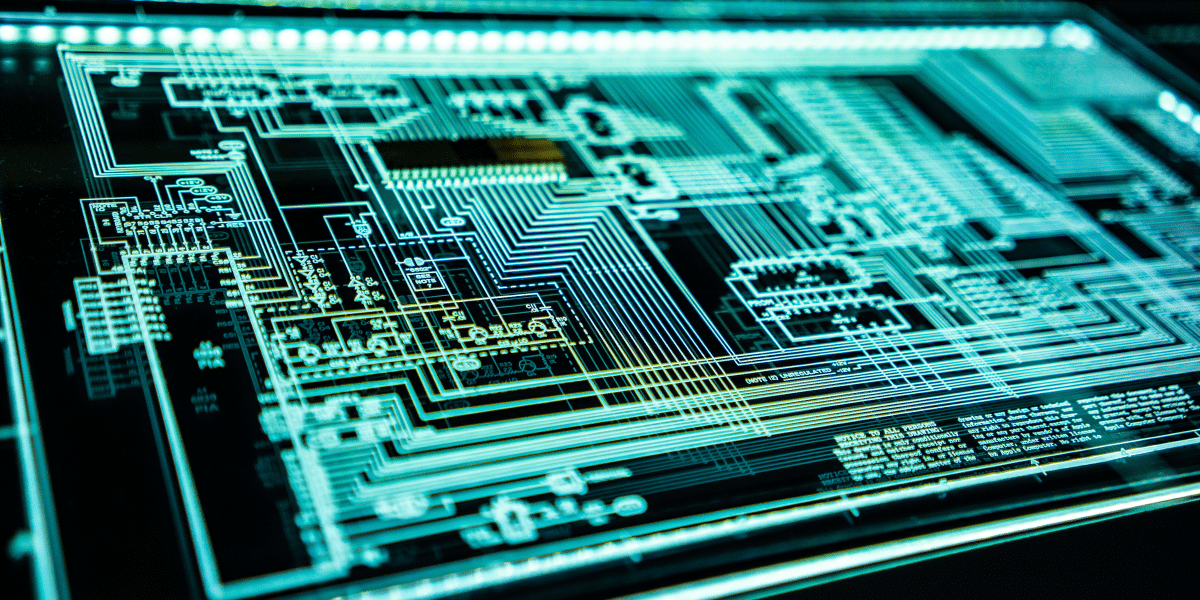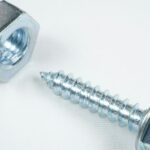In the world of PCB design, thermal management isn’t just a technical detail—it’s a critical factor that directly impacts performance and reliability. This article will explore how effective thermal management can prevent overheating, enhance functionality, and extend the lifespan of your electronic devices. Understanding these principles is critical to optimizing your designs and ensuring they meet rigorous industry standards. Companies like OurPCB Tech. Ltd. play a crucial role in advancing these technologies and ensuring high-quality PCB manufacturing.
Understanding Thermal Management in PCB Design
The Concept of Thermal Management
Thermal management in PCB design involves controlling and dissipating the heat generated by electronic components. Proper thermal management ensures temperatures remain within safe limits, preventing damage and maintaining performance. Effective strategies include using heat sinks, thermal vias, and adequate component placement.
Why Thermal Management Is Critical for PCBs
Thermal management in PCBs is essential to maintain reliability and functionality. Overheating can lead to component failure, reduced lifespan, and compromised signal integrity. Managing heat efficiently improves device performance and meets industry safety standards.
Components and Materials Influencing Thermal Performance
Choice of PCB Substrate
Choosing the suitable PCB substrate significantly impacts thermal performance. Substrates like FR-4, a common material, have a relatively low thermal conductivity of 0.3-0.4 W/m-K. In contrast, materials like metal-core PCBs (MCPCBs) offer higher thermal conductivity, ranging from 1 W/m-K to 10 W/m-K. For high-power applications, one can use ceramic substrates such as aluminum oxide (24-30 W/m-K) or aluminum nitride (140-170 W/m-K) for better heat dissipation.
Thermal via Implementation
Thermal vias enhance heat transfer by providing a path from the PCB surface to the internal or bottom layers. When you place thermal vias around or beneath heat-generating components, they help spread heat across multiple layers. For instance, a grid of vias with a diameter of 0.3 mm spaced 1 mm apart can efficiently conduct heat away from a single component. Using copper-filled or plugged vias can further improve heat conduction, making this method essential for maintaining optimal device temperatures.
Techniques to Improve Thermal Management
Heat Sinks and Thermal Pads
Heat sinks and thermal pads transfer heat away from electronic components, helping to maintain optimal temperatures. Heat sinks, made of materials with high thermal conductivity like aluminum, attach to components, increasing surface area and facilitating heat dissipation into the surrounding air.
Thermal pads serve as an interface between the component and the heat sink. Made from thermally conductive materials, these pads fill the gaps created by surface irregularities, ensuring efficient heat transfer. Using heat sinks and thermal pads together maximizes the effectiveness of thermal management.
Use of Copper Planes for Heat Distribution
Copper planes play a significant role in heat distribution within a PCB. These planes, integrated into the PCB layers, spread the heat generated by components across a larger area, reducing hotspot formation. Copper’s high thermal conductivity makes it ideal for this purpose.
Designers use dedicated internal copper planes in multilayer PCBs to enhance heat dissipation. Combining these planes with thermal vias further improves heat distribution, creating a more thermally efficient PCB design. Effective use of copper planes contributes to maintaining component temperatures within safe operating ranges, enhancing overall PCB performance.
Final Thoughts
Effective thermal management in PCB design is essential for enhancing performance and reliability. Strategies like heat sinks, thermal vias, and thoughtful component placement can significantly improve heat dissipation. The choice of PCB substrate and integrating copper planes further aid in managing thermal challenges.
Focusing on these thermal management practices ensures that designs maintain optimal performance and longevity.
Frequently Asked Questions
Why is thermal management important in PCB design?
Proper thermal management in PCB design is essential for enhancing performance and reliability. By managing heat generated by electronic components, it ensures they operate within safe temperature ranges.
What are some effective thermal management strategies in PCB design?
Effective strategies include using heat sinks, thermal vias, proper component placement, and selecting appropriate PCB substrates like FR-4 or metal-core PCBs to improve heat dissipation.
What role do thermal vias play in thermal management?
Thermal vias, especially copper-filled or plugged vias, efficiently spread heat across PCB layers, helping to manage and distribute heat away from concentrated areas.
How do heat sinks contribute to thermal management?
Heat sinks made from high thermal conductivity materials help transfer heat away from electronic components, preventing overheating and ensuring reliable operation.
What is the significance of using copper planes in PCB layers?
Integrating copper planes in PCB layers aids in distributing heat evenly, reducing hotspots, and improving overall thermal management, especially in multilayer PCBs.
Can thermal pads be useful in PCB thermal management?
Yes, thermal pads are used to transfer heat away from components to heat sinks or the PCB substrate, enhancing thermal performance.
How does substrate choice affect thermal performance?
The choice of PCB substrates, such as FR-4 or metal-core PCBs, significantly impacts thermal performance as different materials have varying thermal conductivities.
What can happen if thermal management is inadequate in PCB design?
Inadequate thermal management can lead to overheating, decreasing component reliability, and potentially causing device failure, as seen in early high-density power converters and mobile devices.
What are the benefits of combining thermal vias with copper planes?
Combining thermal vias with copper planes enhances heat distribution across the PCB, making the design more thermally efficient and ensuring components operate within safe temperature ranges.
Published by: Nelly Chavez

















